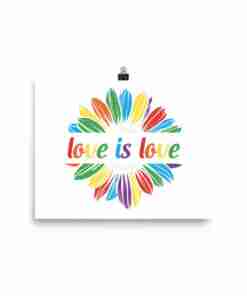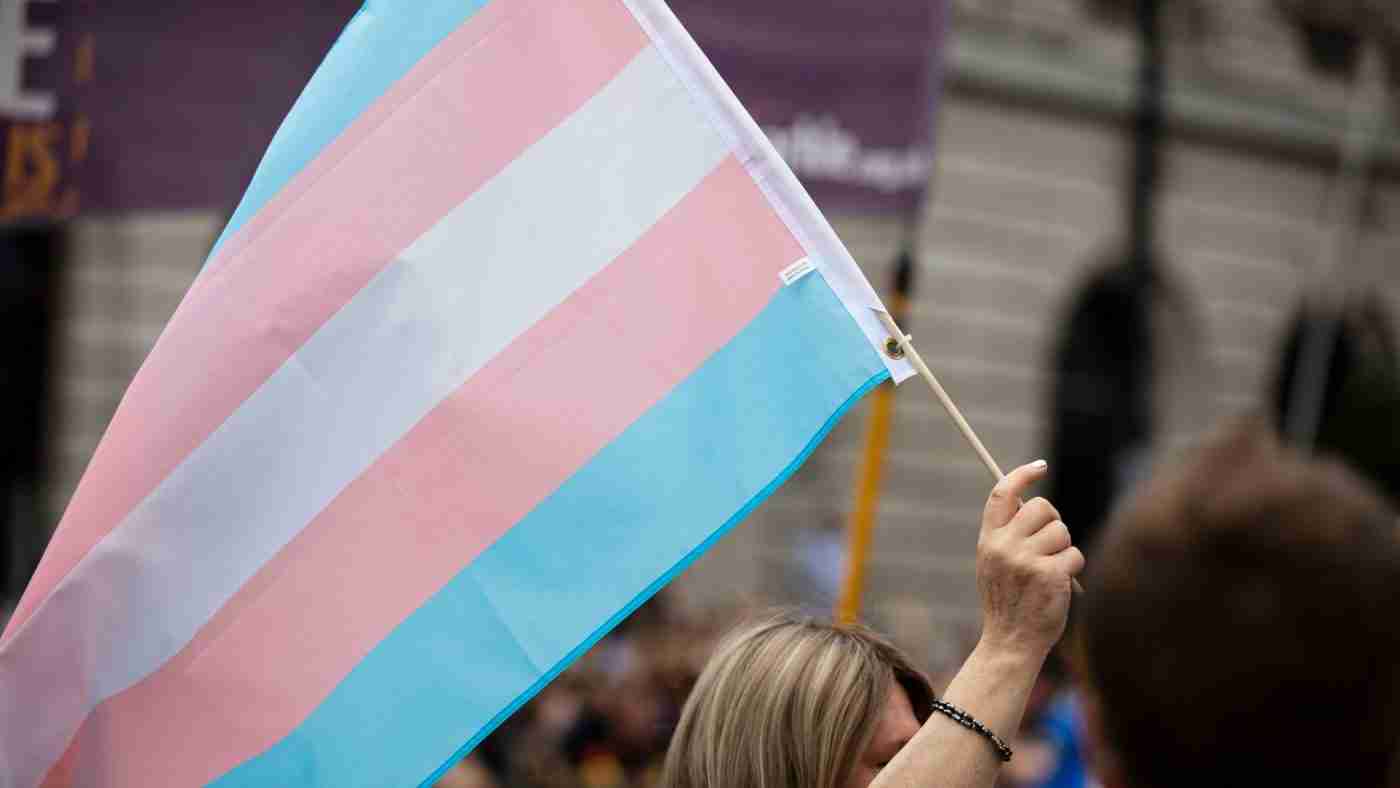Subtotal: AUD $18.00
LGBTQ
Beyond Pink and Blue: Understanding Gender Fluidity in Fashion
The fashion industry, historically known for cementing gender norms through clothing, is experiencing an exciting transformation. An industry once defined by binary collections – ‘men’s’ and ‘women’s’ – is increasingly embracing the concept of gender fluidity.
This evolution transcends the pink and blue paradigm, creating a colorful palette where self-expression, identity, and acceptance take center stage.
Gender-fluid fashion challenges the societal norms that dictate what individuals should wear based on their gender. It introduces a spectrum of self-expression that disregards the conventional dichotomy of ‘masculine’ and ‘feminine’ attire. This movement is not a trend, but a progressive shift towards greater inclusivity and liberation in fashion.
From runways to retail, this shift is evident. High-profile designers like Alessandro Michele at Gucci, and JW Anderson, are pioneering collections that blur gender lines, incorporating designs that are versatile, inclusive, and non-binary. Their creations empower individuals to dress in ways that truly reflect their identities, dismissing the antiquated notion that clothing is gender-specific.
This revolution has its roots in history and pop culture. Think of David Bowie’s glam rock androgyny in the ’70s, or Prince’s extravagant ’80s outfits that defied gender norms. These icons used fashion to express their fluid identities, paving the way for future generations to do the same.
More recently, celebrities like Jaden Smith, wearing a skirt in a Louis Vuitton campaign, or actor Billy Porter, donning a tuxedo gown at the Oscars, have been defying gender norms in fashion. They use their platforms to challenge preconceived notions about gender and to promote a more fluid, flexible understanding of fashion and identity.
The rising prevalence of gender-fluid fashion also reflects a broader societal shift towards recognizing and accepting non-binary and gender-diverse individuals. It is a testament to the ongoing struggle for freedom, acceptance, and rights of the LGBTQ+ community.
In the world of retail, stores are increasingly moving towards non-gendered children’s clothing and unisex adult ranges. This encourages individuals from a young age to choose their attire based on personal preference rather than societal norms.
However, it’s crucial to understand that gender-fluid fashion is not just about the clothes we wear. It is a movement against the rigidity of societal norms, an affirmation of individual identities, and a beacon for those seeking acceptance.
The industry still has strides to make to fully embrace and represent the spectrum of gender identities. Yet, the movement towards more inclusive, diverse fashion is promising. As we continue to evolve beyond pink and blue, fashion becomes more than an industry; it becomes a platform for self-expression, identity, and acceptance.

 Love Is Love Poster
Love Is Love Poster 